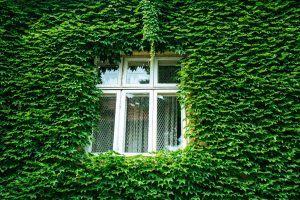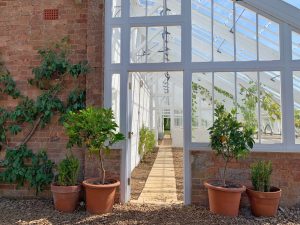There are many housing trends that come and go in the world, but one that is worth taking note of is the concept of passive housing.
So what exactly is a Passive House?
A Passive House is a “rigorous, voluntary standard for energy efficiency in a building, reducing its ecological footprint. It results in ultra-low energy buildings that require little energy for space heating or cooling.”[1] Typically, a well-designed passive house can reduce the standard energy consumption in a home by upwards of 90%.[2] With energy reduction like that, it is inevitable that you will save money in the long run.

Wonderful! But how much does that type of house cost to build?
Firstly, there are many different designs to choose from when it comes to passive-housing and, of course, the different styles and designs create a range of costs to build. Generally speaking, a Passive House boasts superior (ie. more costly) windows and insulation counteracted by significantly less cost spent on mechanical systems (ie. No furnace system needed). If you were to try and average out the subjective variables of consumer preference, the overall cost to build a Passive House ranges from 2.5% to 15%[3] more than a standard build; which means it would take about 5-11 years to recover your costs of building. Pretty decent in the grand scheme of things!
Okay so it costs a bit (or sometimes a lot) more to build, but what are the big differences that make this house more efficient?

- Energy Efficiency: dramatic energy-use reduction (up to 90%) as a result of little need to heat/cool the home,
- Health: air tight seals and constant air exchange mean that fresh, healthy air-quality is the norm,
- Comfort: fantastic seals all around mean that the space is quiet and well insulated against disturbances as well as providing a constant temperature that is content for the body and mind,
- Affordability: yes, the construction costs are higher for high performance/quality products, but they are offset by the low cost for systems sizing. There is very little dependence on local utilities, which provides insulation from energy-cost spikes.
- Predictability: when everything about your house is precisely calculated, designed and constructed, it is easy to predict costs, energy use and to plan your life (away or at home) accordingly, and
- Resiliency: there are three key ways that Passive Houses are resilient:
- Consistent interior temperatures even in freezing weather WITHOUT the need for external power sources,
- Reduced power demand allows for equal power distribution to systems,
- Overall reduced power use, which makes Net Zero Energy readily achievable (with solar panels/ other renewable energy sources etc).
Those are the basics of what you need to know about Passive Houses in today’s day and age and I encourage you to continue researching if this is a building scheme that speaks to you.
If you have further questions about anything real estate related, please call or email me and I will be glad to help.

[1] Source: https://en.wikipedia.org/wiki/Passive_house
[2] Source: http://www.passivehouse.ca/design-fundementals
[3] Source: priMe haBitat builders, Kelowna, BC www.prime-habitat.com
Cover Photo Credit: Passipedia.org

 Facebook
Facebook
 X
X
 Pinterest
Pinterest
 Copy Link
Copy Link

